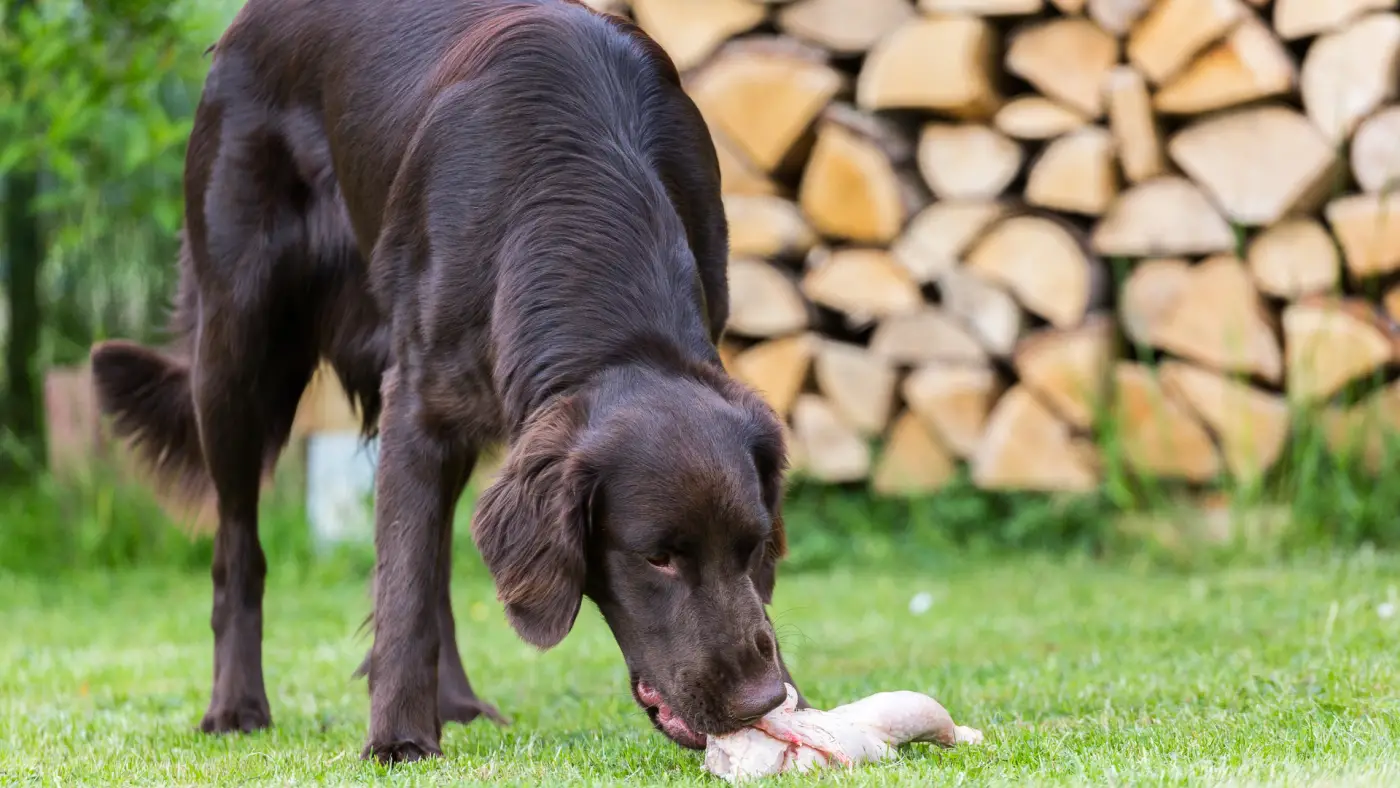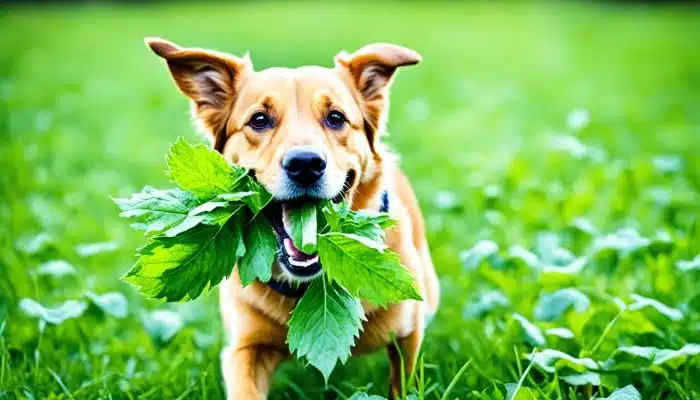Boiling chicken for your dog is a great way to provide them with a healthy and nutritious meal that they will love. Look no further if you’re wondering how to boil chicken for dogs! In this blog post, we’ll cover the right way to cook chicken for your pup and some tips and tricks to ensure you get it right every time. So if you want to add variety to your dog’s diet, this post is for you! Here at Pet Gift & Toys, we will go over the question “How to boil chicken for dogs”.
Why boiling chicken is an excellent option for dogs

As pet owners, we want to provide our furry friends the best possible care. One of the ways we can do this is by feeding them healthy, home-cooked meals. Boiled chicken is an excellent option for dogs because it’s easy to digest and packed with protein.
Unlike other forms of cooking, boiling preserves all the nutrients in the meat without adding extra fat or calories. Another advantage of cooked chicken is that it’s versatile and can be used in many recipes.
You can serve it as a standalone meal or mix it with other ingredients like rice, vegetables or fruits to create a balanced diet. Dogs love the taste of chicken, so you know they’ll enjoy every bite.
Benefits of homemade dog food
Making your own dog food has several benefits over buying commercial brands. First and foremost, you have complete control over what goes into your pet’s bowl. You can choose high-quality ingredients that are free from harmful additives and preservatives.
Secondly, in the long run, homemade dog food is often more affordable than store-bought brands. While it may require some initial investment in ingredients and kitchen tools, you’ll save money on vet bills by keeping your dog healthy.
Making your own dog food can be very rewarding as well as fun! It allows you to bond with your pet while providing nourishment that will keep them happy and healthy for years.
Here is a video to explain it
Preparing the Chicken
Choosing the right chicken parts
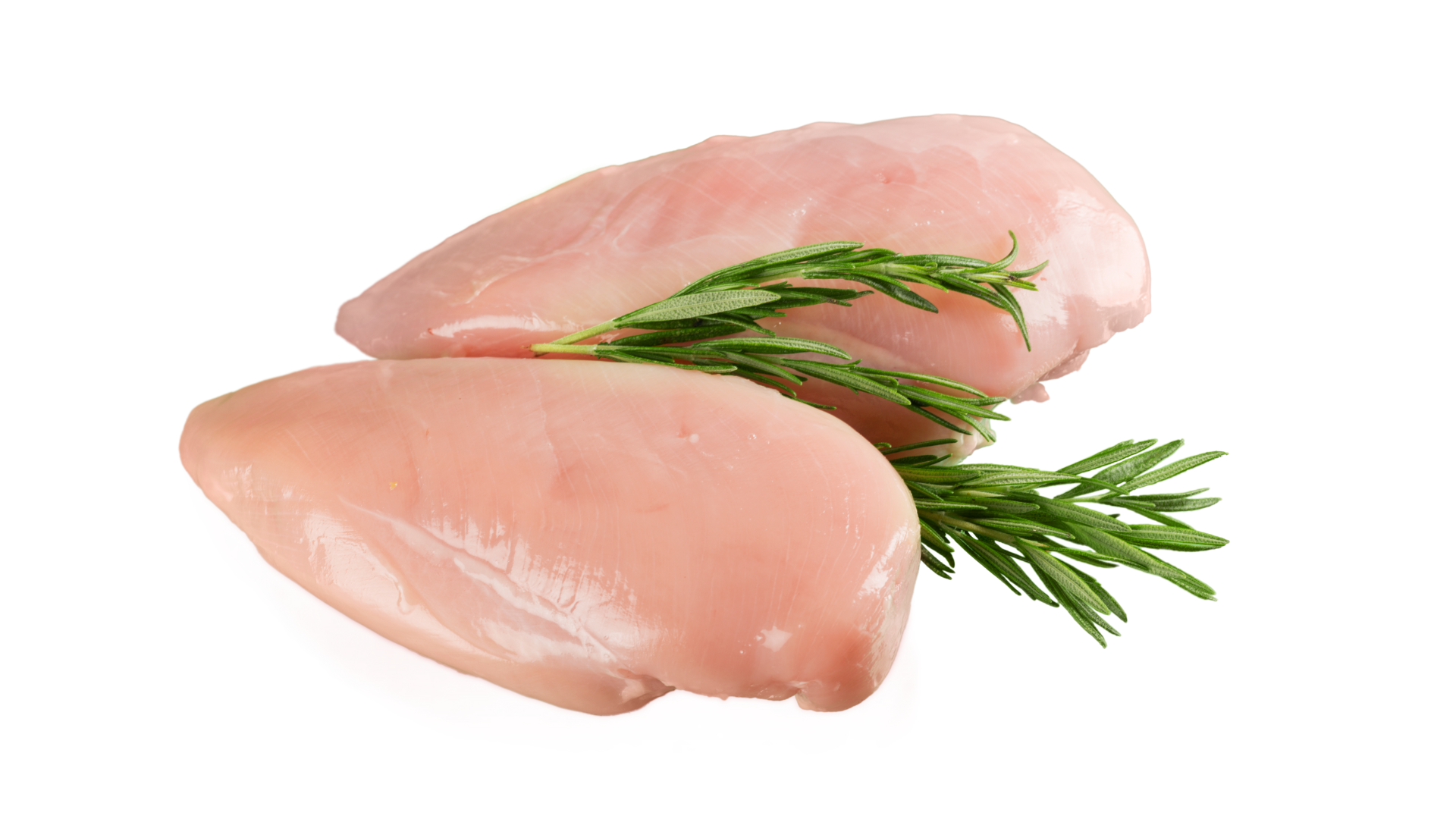
When choosing the best chicken parts for your furry friend, it’s essential to keep their nutritional needs in mind. Chicken breasts are a great option as they are high in protein and low in fat. However, if you’re looking for a more affordable option, chicken legs or thighs can also work well.
Just make sure to remove the skin and excess fat before boiling. If you prefer to use organic chicken, that’s even better!
Organic chickens are usually raised without antibiotics or hormones, making them a healthier option for your dog. Plus, they’re likely to taste better too!
Cleaning and trimming the chicken
Before boiling the chicken, you must ensure it’s clean and free of harmful bacteria. Start by rinsing it with cold water and patting it dry with paper towels.
Then, trim off any visible fat or gristle from the chicken. If you’re using bone-in chicken pieces, remove any small bones that may have been missed during processing as these can be harmful to your dog’s health if ingested.
Use a sharp knife or kitchen scissors to cut the chicken into smaller pieces before boiling. This will help ensure that it cooks evenly and thoroughly throughout without taking too long.
Boiling the Chicken
Adding water and seasoning to the pot
Once you have cleaned and trimmed the chicken, it’s time to boil it in a pot. Then add enough water to cover the chicken by at least an inch or two. Choose a pot that can comfortably fit your chicken pieces without overcrowding them.
You can also add some low-sodium chicken broth for added flavor and nutrients. Next, you’ll want to season the water.
For dogs, it’s best to avoid adding any salt or other seasonings that could be harmful to their health. Instead, try adding some herbs like parsley or rosemary for added flavor and nutrition.
Cooking time and temperature
Once your water is seasoned, bring it to a boil over high heat. Once boiling, reduce the heat to medium-low and let it simmer gently for about 20-30 minutes until the chicken is fully cooked. The cooking time will vary depending on the size of your chicken pieces, so make sure you check that they are cooked through before removing them from the pot.
It’s important to cook your chicken sparingly as this can cause it to become tough and dry. To ensure that your chicken stays juicy and tender, use a meat thermometer to check that its internal temperature has reached at least 165°F (74°C).
Boiling chicken for dogs is a great way to provide them with healthy homemade meals full of nutrients without any harmful additives or preservatives found in commercial dog food. By following these simple steps for boiling chicken – adding water and seasoning appropriately while paying careful attention to cooking time – you can provide your furry friend with delicious meals they will love while ensuring their good health!
Removing the Chicken from the Pot
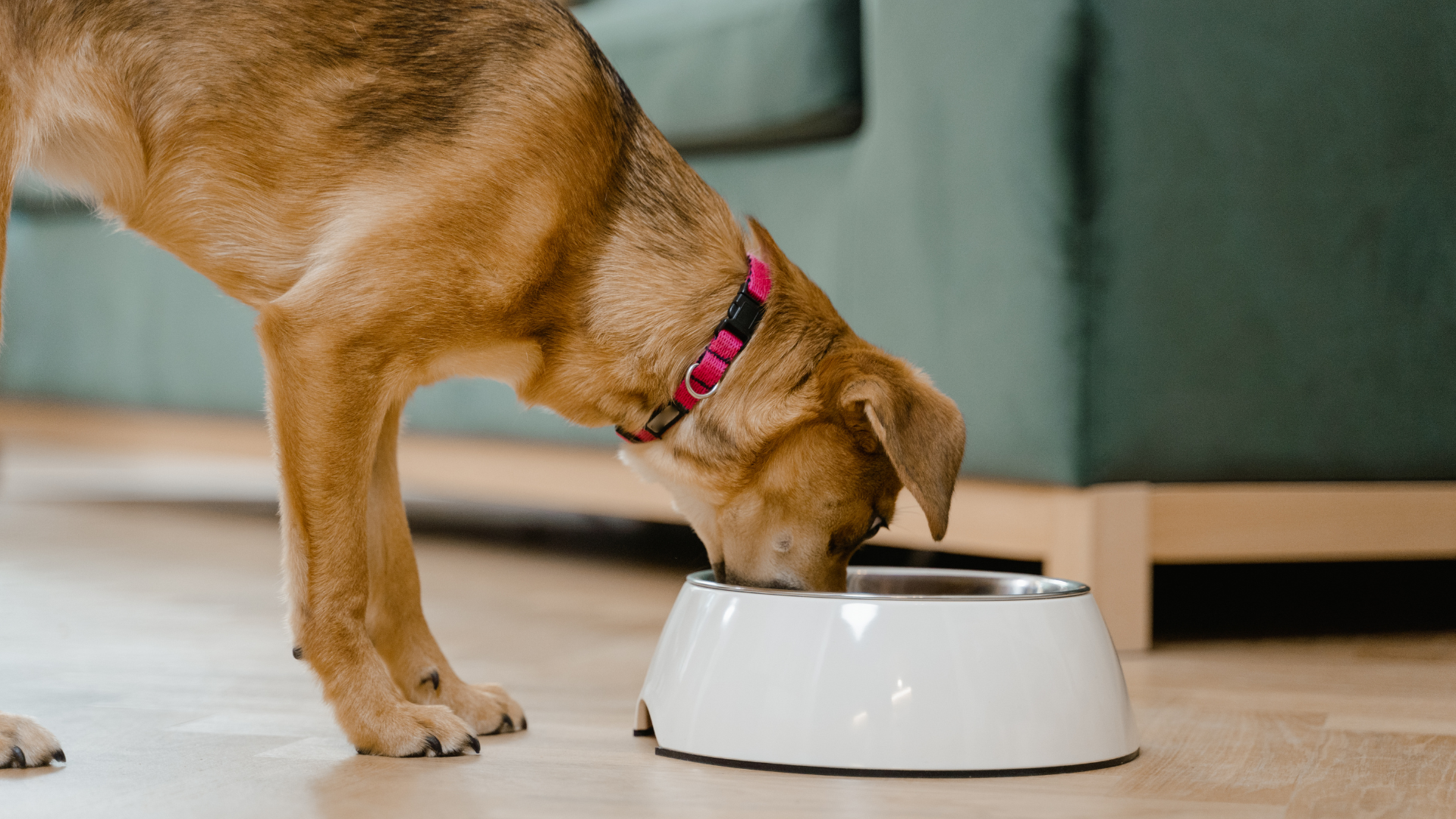
Once your chicken is cooked to perfection, it’s time to take it out of the pot. But before you start shredding or chopping it into pieces, make sure you let the chicken cool down for a few minutes.
Trying to handle hot chicken can lead to burns or injuries, so be patient and wait until it’s safe to touch. When removing the chicken from the pot, use a pair of tongs or a slotted spoon to avoid getting burned by any hot liquid.
Place the chicken on a plate or cutting board and let it cool down for 10-15 minutes. This will make it easier to handle and also prevent any potential health risks associated with handling hot food.
Letting it cool down before handling it
It’s important to let your boiled chicken cool down before handling it because attempting to shred or chop hot meat can be dangerous. When meat is hot, steam is released that can cause severe burns if you’re not careful. Additionally, allowing your meat to rest after cooking allows juices inside the meat to redistribute more evenly throughout the flesh.
While waiting for your boiled chicken to cool down, you can prepare other ingredients like vegetables or grains that will be added alongside the protein in your dog’s meal. Once cooled, check for any bones left in bigger pieces of meat and remove them carefully using tweezers if necessary.
Shredding or chopping it into small pieces
Once your boiled chicken has cooled down and any necessary de-boning has been done, you can start shredding or chopping up into smaller pieces that are manageable for dogs with smaller mouths–or humans who want bitesize chunks in their food! Use knives designed for this task like chef knives with enough blade length that guarantees uniform cuts without crushing fibers.
Shredded chicken works well mixed into other foods like rice or vegetables, while chopped chicken can be added to dry dog food or used as training treats. Whatever the end use may be, it’s important to remember that boiled chicken is an excellent protein source for your furry friend, as long as it’s prepared correctly and served in moderation.
Serving Suggestions
Mixing boiled chicken with other ingredients can create a healthy, balanced meal for your furry friend. However, it is important to introduce new foods to your dog’s diet slowly and in small amounts. You don’t want to upset their stomach or cause other health issues.
You can mix boiled chicken with brown rice, sweet potatoes, and green beans for a well-rounded meal. These foods provide fiber, carbohydrates, and vitamins that help support your dog’s immune system and keep them energetic throughout the day.
Avoid Certain Ingredients
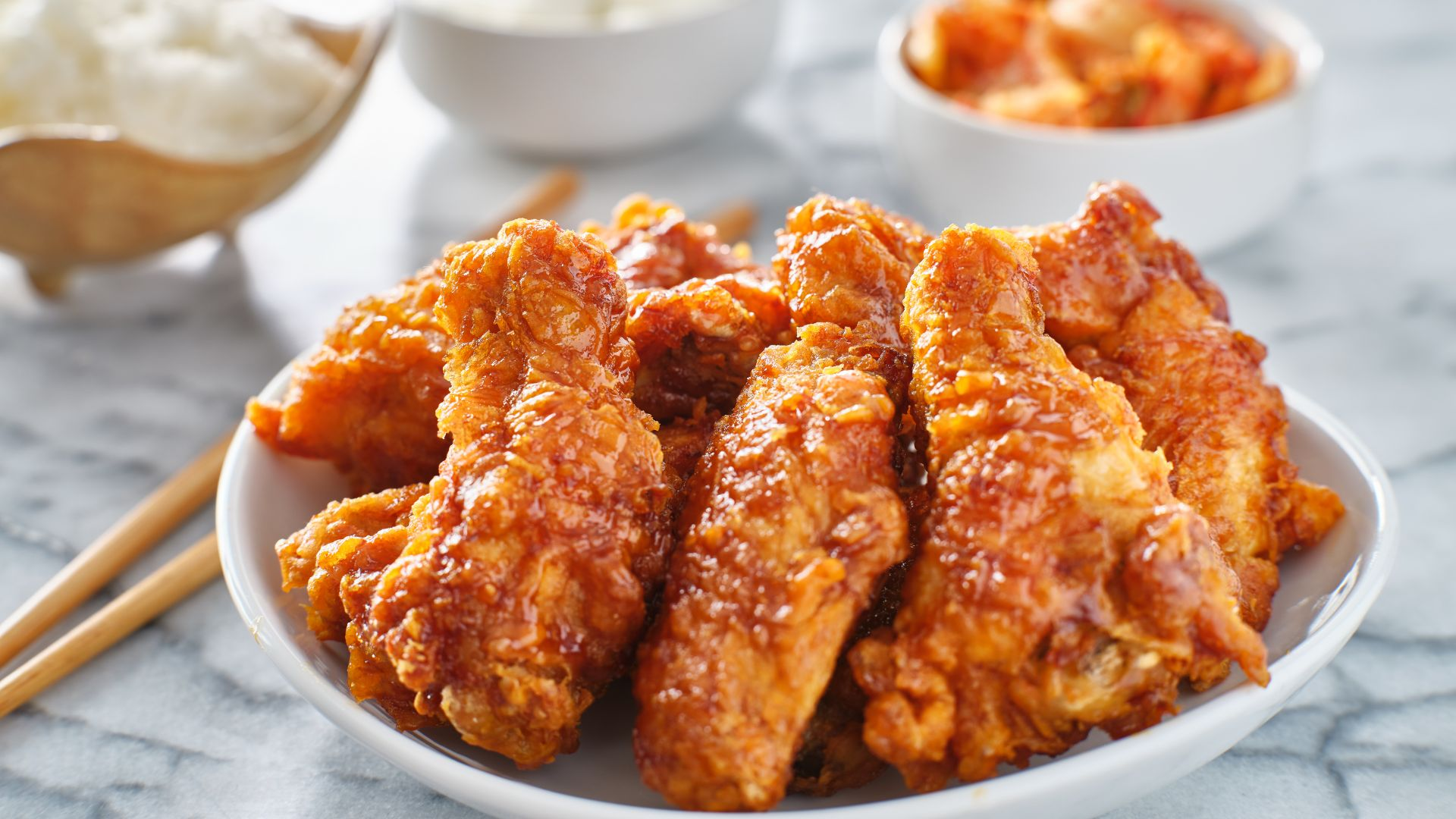
While mixing other foods with boiled chicken can be beneficial for your dog, it is important to remember that there are certain ingredients you should avoid adding to their meals. Avoid using any food that contains onions or garlic as these can be toxic to dogs.
Also avoid giving them too much fatty meat as this can lead to digestive problems and obesity. If you are still determining what foods are safe for your dog’s diet or how much of each ingredient they should have in their meals, consult with a veterinarian first.
Storing Leftovers Properly
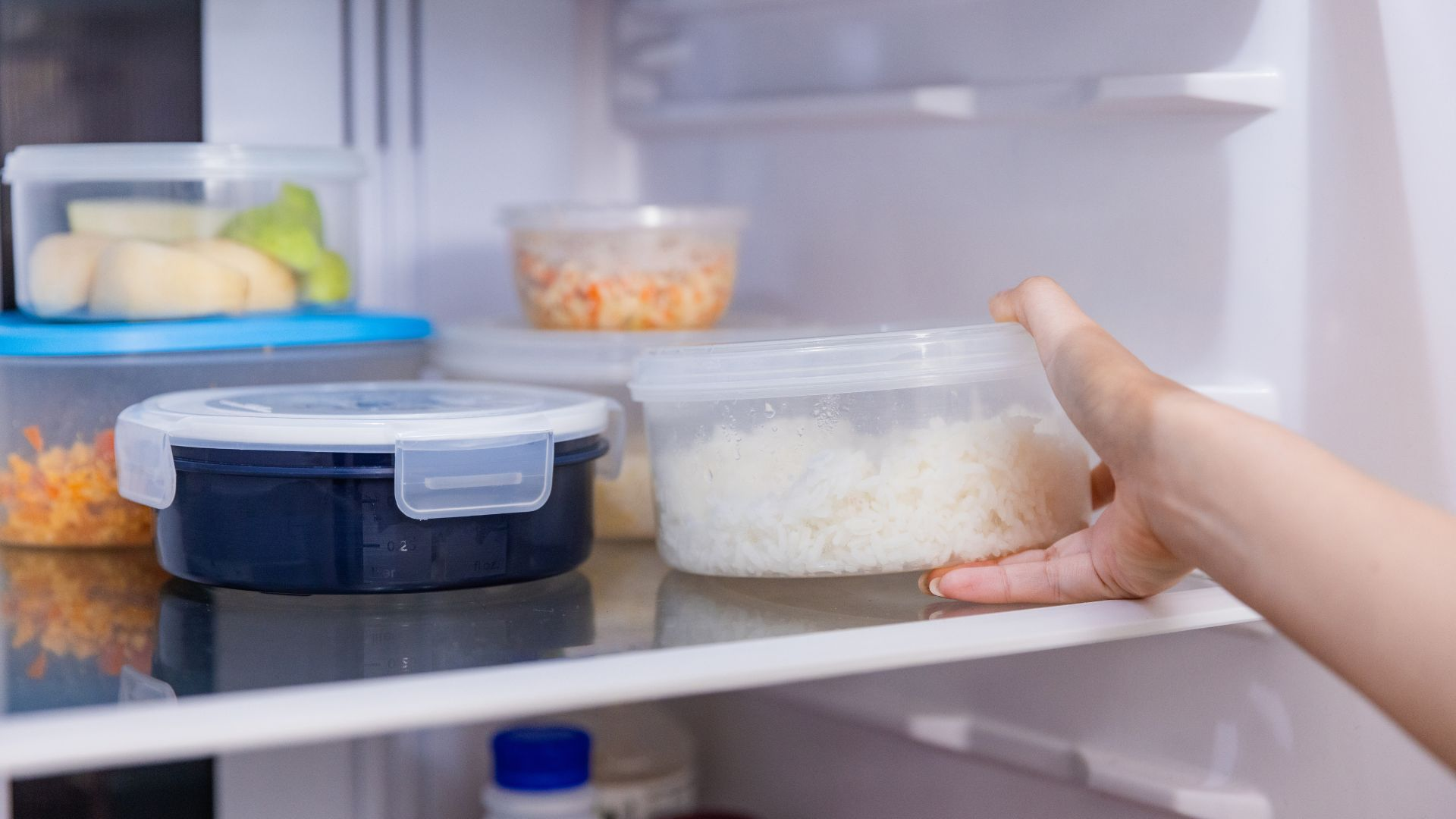
Boiled chicken leftovers can be stored in the refrigerator for 3-4 days or frozen for up to 6 months. When storing leftover boiled chicken in the refrigerator, place it in an airtight container or wrap it tightly with plastic wrap to prevent contamination from bacteria. When freezing boiled chicken leftovers, make sure they are completely cooled down before placing them in freezer-safe containers or bags.
Label the containers with the date so you know when they were frozen and use them within 6 months for best quality. Thaw frozen boiled chicken overnight in the refrigerator before reheating it thoroughly on the stovetop or microwave before serving it again.
Tips and Tricks
Using boneless or bone-in chicken
When boiling chicken for your furry friend, you may be wondering whether to use boneless or bone-in chicken. The truth is, both options are fine as long as you take the necessary precautions.
If you decide to use bone-in chicken, make sure to remove all bones before serving it to your dog. This will prevent choking hazards and other complications from occurring.
On the other hand, if you choose to use boneless chicken, keep in mind that it may contain fewer nutrients than the bone-in option. Therefore, consider adding supplements or other sources of protein to balance out your dog’s diet.
Adding vegetables for extra nutrients
As a loving dog owner, you want nothing but the best for your furry friend. That’s why adding vegetables to their meals is an excellent way to provide extra nutrients. Some of the best vegetables for dogs include carrots, broccoli, spinach, and sweet potatoes.
These vegetables are packed with vitamins and minerals that can boost your dog’s immune system and overall health. Moreover, they can also improve digestion and prevent constipation.
When adding vegetables to boiled chicken for dogs, make sure they are cooked thoroughly before serving them up. Raw vegetables may be hard on a dog’s digestive system and could lead to an upset stomach or diarrhea.
Also, be mindful of any allergies or dietary restrictions your pet might have when choosing which veggies to include in their meal plan. With these tips in mind, you can create a well-rounded diet that meets all of your pup’s nutritional needs while keeping them happy and healthy!
Conclusion
The Importance of Providing Healthy Meals for Your Furry Friend
Feeding your dog a homemade meal that includes boiled chicken is an excellent way to show them love and care. Not only does it ensure they receive the best possible nutrition, but it also allows you to control what goes into their food.
By boiling the chicken yourself, you can avoid harmful additives and chemicals that may be present in store-bought dog food. It’s important to remember that dogs have unique nutritional needs based on their breed, age, and activity level.
As a responsible pet owner, it’s up to you to determine what works best for your furry friend by consulting with a veterinarian or canine nutrition expert. However, choosing whole foods like chicken is always a great place to start.
By taking the time and effort to prepare healthy meals for your dog, you are investing in their long-term health and happiness. So next time you’re looking for a simple yet nutritious meal option for your furry friend, consider boiling some chicken – both you and your pup will be glad you did!

